CABN’s Canadian prefab offers a flexible path to low-cost, low-energy living
This simple wooden cabin by CABN is designed to be the bedrock of future net-zero communities

CABN belongs to a small but highly visible sub-set of prefab makers shooting for the moon with a non-standard design.
Looking at the wider history of prefabrication and modular building, prefabs promise so much. If your sights aren’t set especially high, then the vast majority of factory-built homes available around the world will do pretty much exactly what you need them to: provide shelter at a substantially lower cost than a conventionally built house.
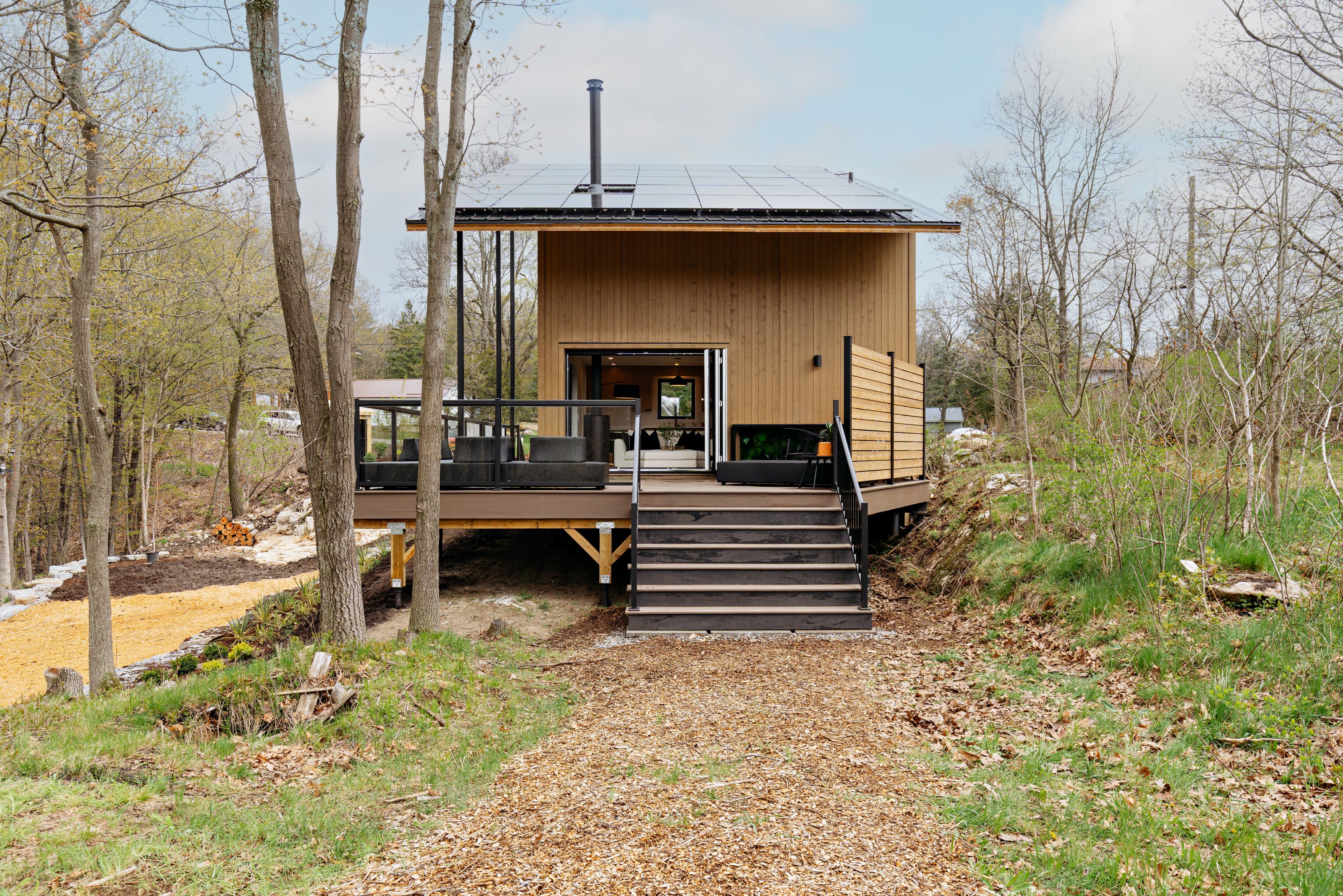
CABN: a vision becomes reality
This Canadian company wants to do more than just be a provider of tiny homes and trailer park alternatives; and it hopes that this showhome points the way to more sustainable, low-cost housing and denser communities.
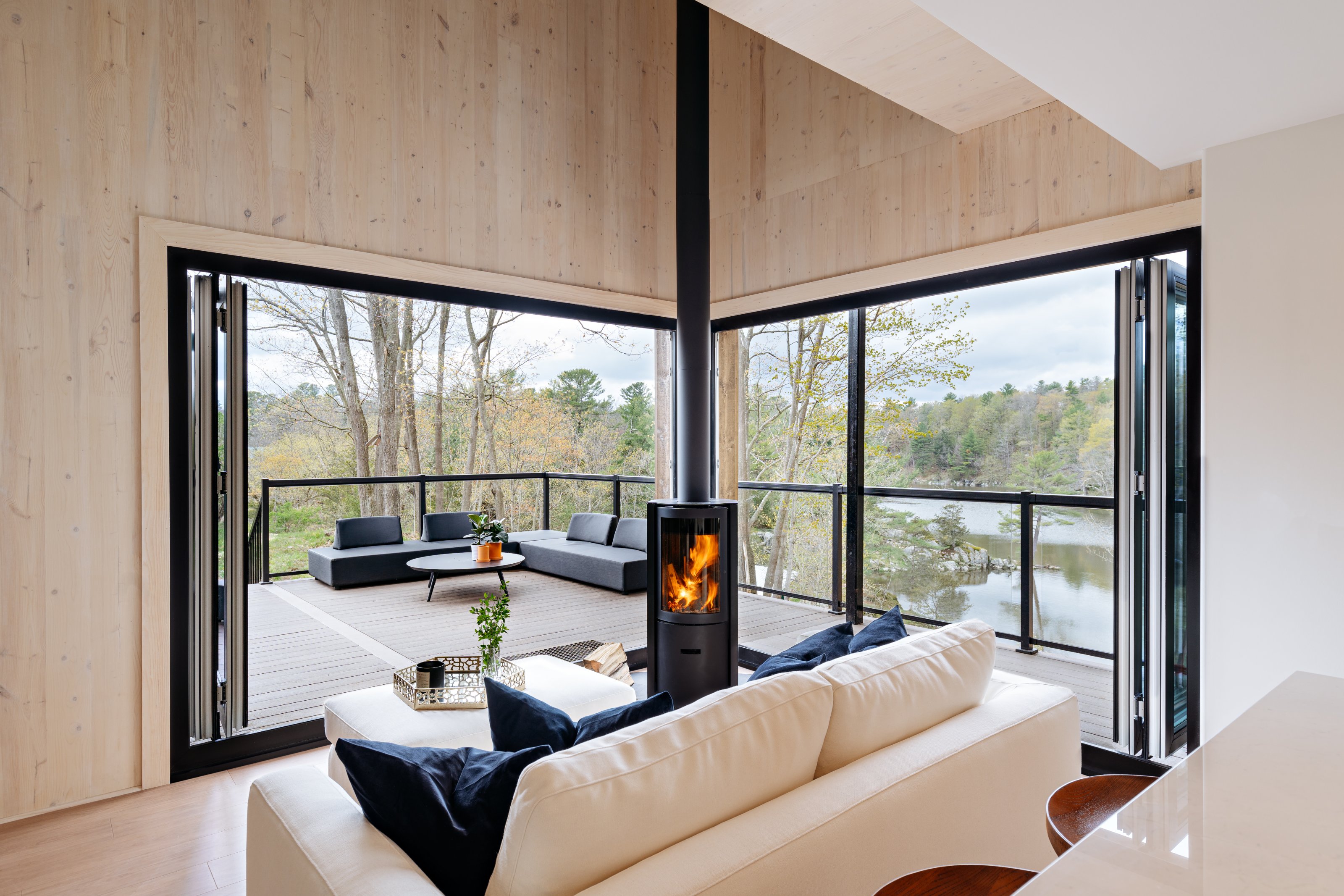
The plus points of CABN’s initiative is that the 752 sq ft structure is designed to generate more energy than it consumes, effectively creating a net-zero product. The company’s founder, Jackson Wyatt, previously set up the composting material specialist Greenlid, which manufactures alternatives to traditional plastics.

CABN has also unveiled its plans for a 67-home net-zero community development to be completed in Augusta Township. This one-bed SON.DER model is one of four different products CABN hopes to build, each taking around 20 per cent of the energy of a traditional home. Wyatt and his team are looking to build a new community containing 67 such houses as a proof of concept, with two-, three- and four-bed models offering scope for a varied and diverse population, alongside the single bed option.

Energy-saving and generating features include integrated solar panels on roof overhangs as well as high levels of insulation and solar shading to keep a constant interior temperature. B+H Architects, a global design consultancy, is a collaborator on the project, and the little cabin is a long way from the firm’s portfolio of commercial offices and towers. Even so, B+H has deployed its considerable research and knowledge of biomimetic design.
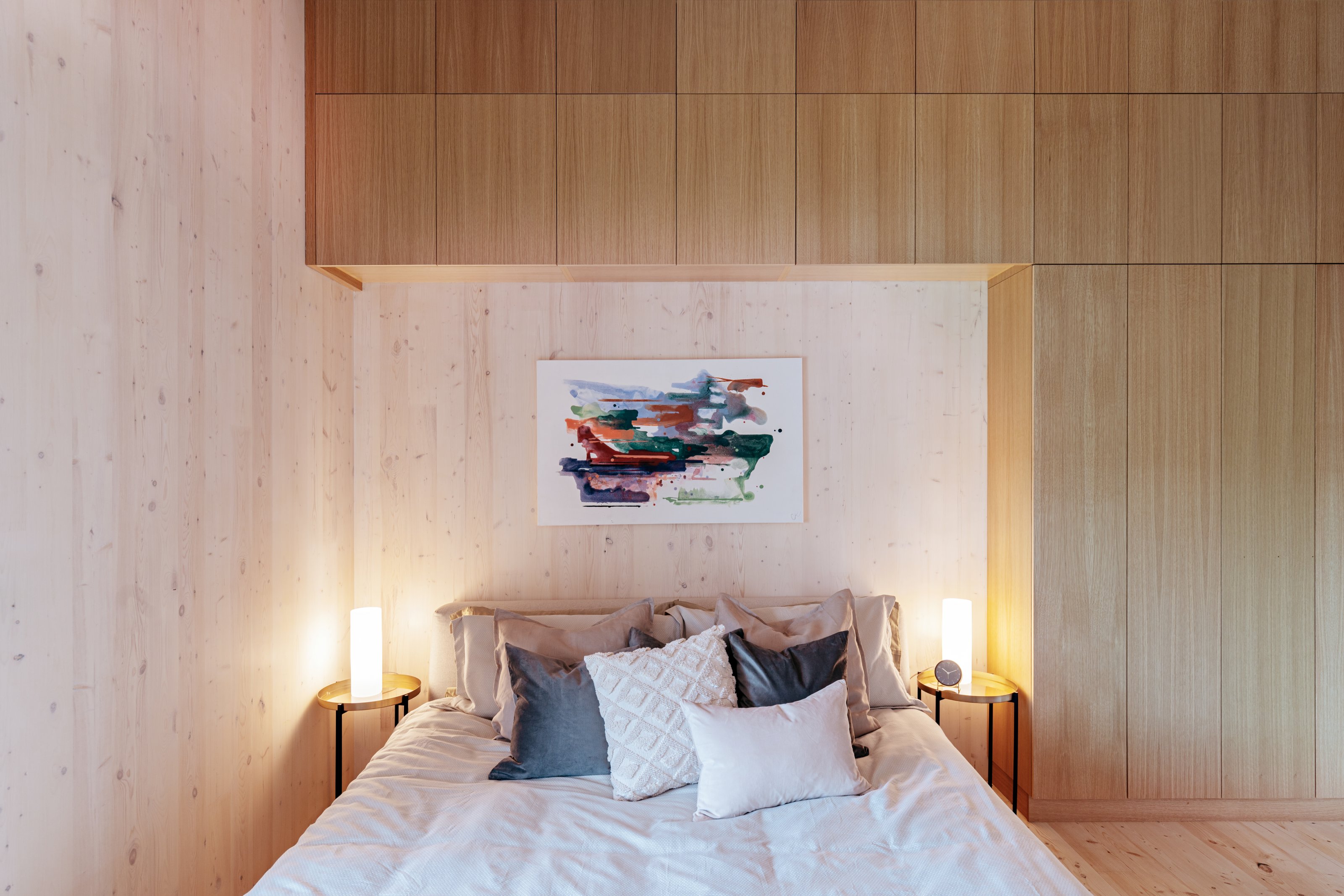
The showhome’s interior features and furnishings have been provided by Canadian furniture and interiors specialist EQ3, which designs and manufactures its products in Winnipeg. Constructed mostly from FSC-certified cross-laminated timber, CABN has come up with a low-key, straightforward structure that’s without pretence or pastiche.
Receive our daily digest of inspiration, escapism and design stories from around the world direct to your inbox.
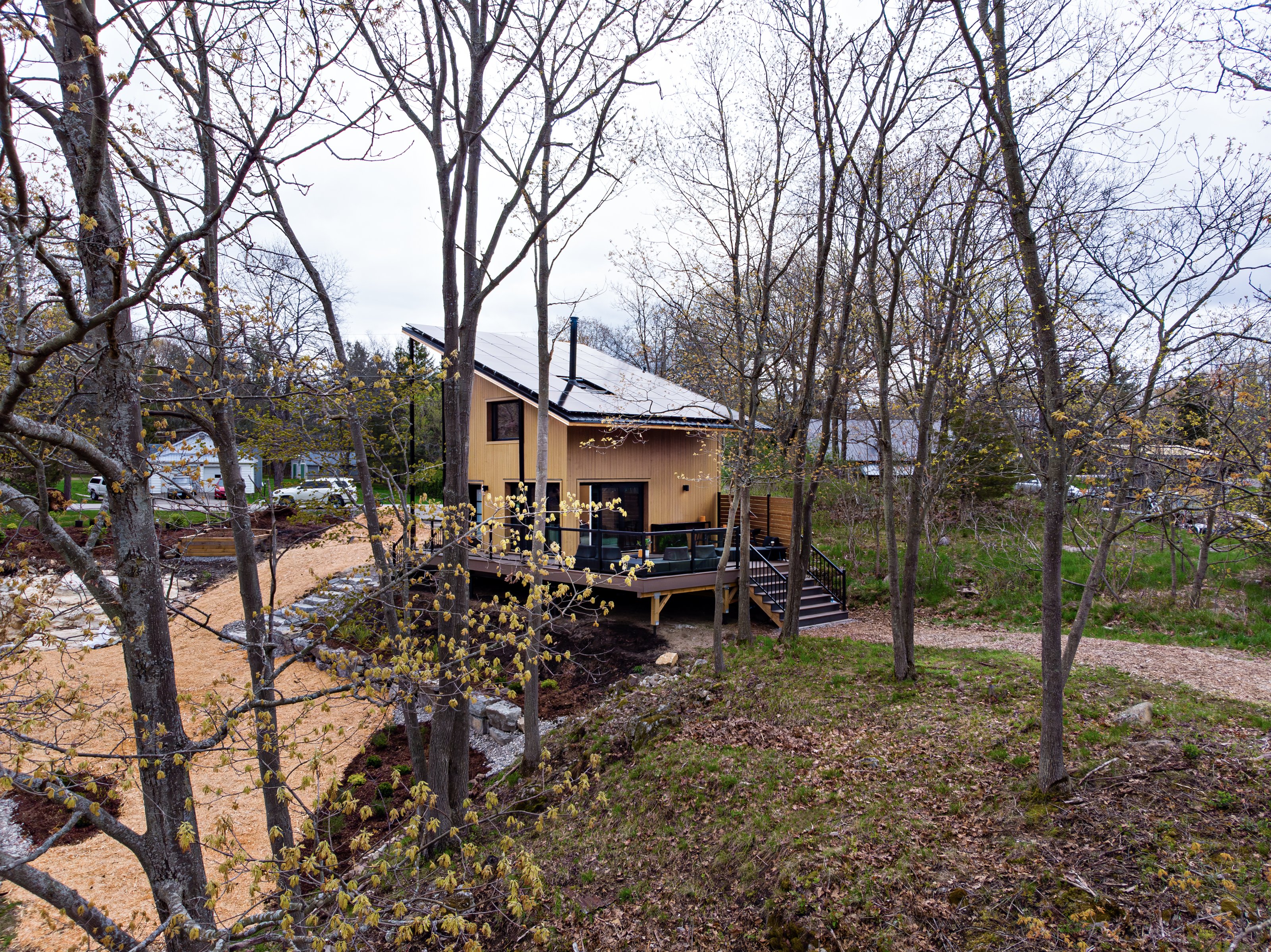
CABN’s first showhome is open for viewings in Eastern Ontario. Details at CABN.co
Jonathan Bell has written for Wallpaper* magazine since 1999, covering everything from architecture and transport design to books, tech and graphic design. He is now the magazine’s Transport and Technology Editor. Jonathan has written and edited 15 books, including Concept Car Design, 21st Century House, and The New Modern House. He is also the host of Wallpaper’s first podcast.
-
 How Abidjan's Young Designers Workshop is helping shape a new generation of Côte d'Ivoire creatives
How Abidjan's Young Designers Workshop is helping shape a new generation of Côte d'Ivoire creativesIn the first in our Design Cities series, we look at how Abidjan's next generation of creatives is being nurtured by an enlightened local designer
-
 A tale of two Audis: the A5 saloon goes up against the A6 Avant e-tron
A tale of two Audis: the A5 saloon goes up against the A6 Avant e-tronIs the sun setting on Audi’s ICE era, or does the company’s e-tron technology still need to improve?
-
 Inside Christian de Portzamparc’s showstopping House of Dior Beijing: ‘sculptural, structural, alive’
Inside Christian de Portzamparc’s showstopping House of Dior Beijing: ‘sculptural, structural, alive’Daven Wu travels to Beijing to discover Dior’s dramatic new store, a vast temple to fashion that translates haute couture into architectural form
-
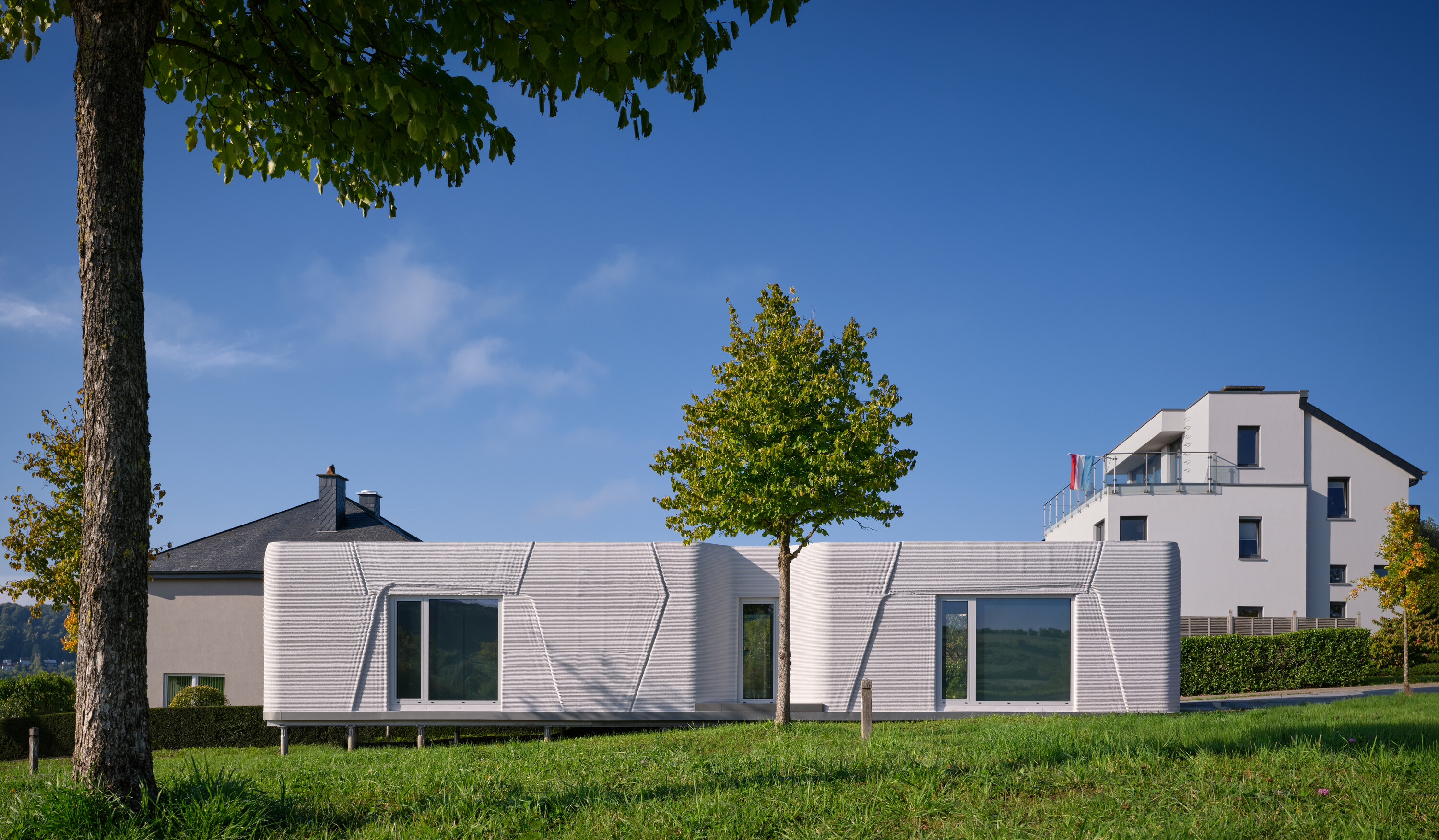 Could this 3D-printed dwelling solve Luxembourg’s housing crisis?
Could this 3D-printed dwelling solve Luxembourg’s housing crisis?With Tiny House Lux, ODA Architects showcases a functional, low-cost and sustainable home that serves as an important case study for the potential benefits of 3D-printed construction
-
 The Architecture Edit: Wallpaper’s houses of the month
The Architecture Edit: Wallpaper’s houses of the monthFrom Malibu beach pads to cosy cabins blanketed in snow, Wallpaper* has featured some incredible homes this month. We profile our favourites below
-
 Explore the riches of Morse House, the Canadian modernist gem on the market
Explore the riches of Morse House, the Canadian modernist gem on the marketMorse House, designed by Thompson, Berwick & Pratt Architects in 1982 on Vancouver's Bowen Island, is on the market – might you be the new custodian of its modernist legacy?
-
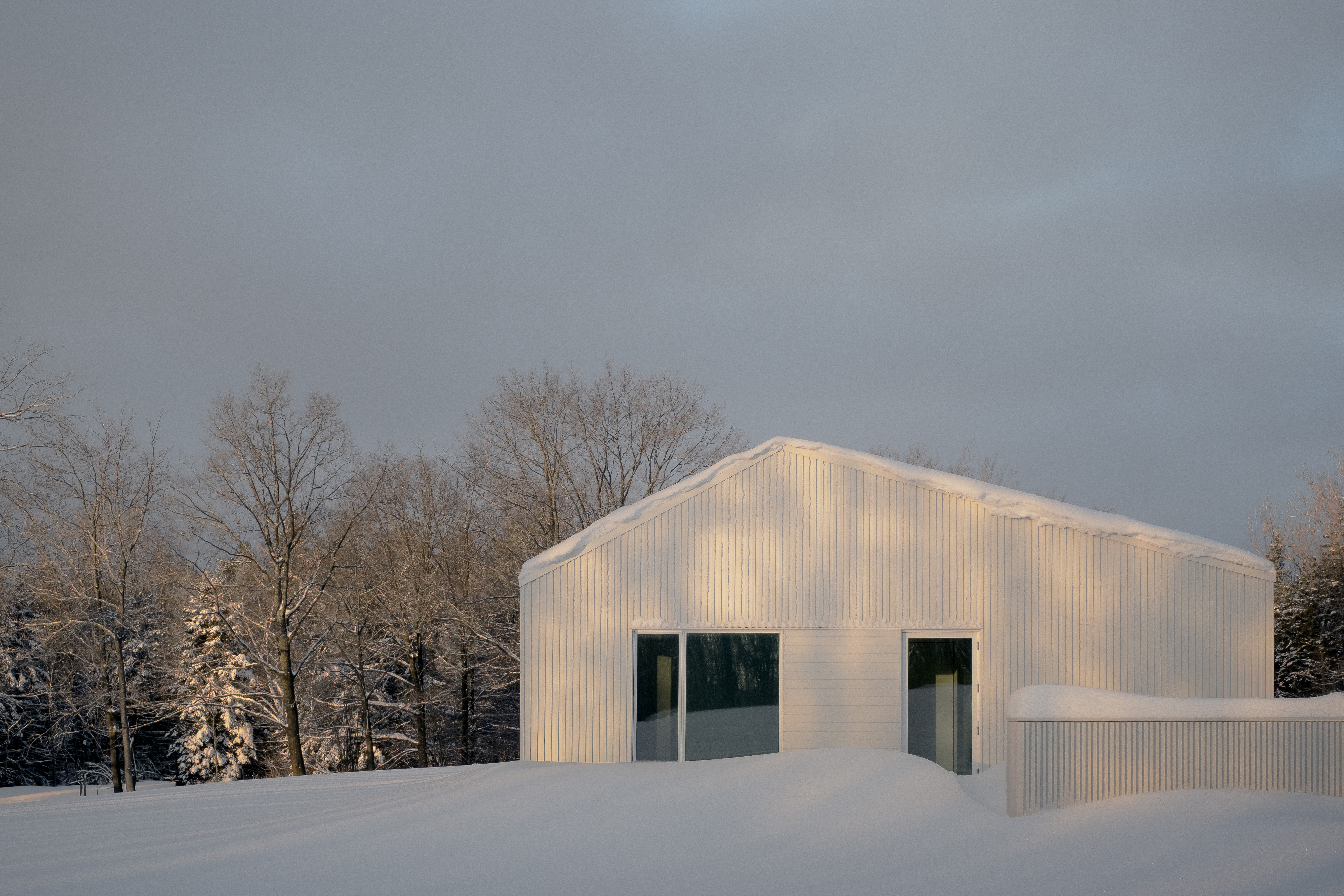 Cosy up in a snowy Canadian cabin inspired by utilitarian farmhouses
Cosy up in a snowy Canadian cabin inspired by utilitarian farmhousesTimbertop is a minimalist shelter overlooking the woodland home of wild deer, porcupines and turkeys
-
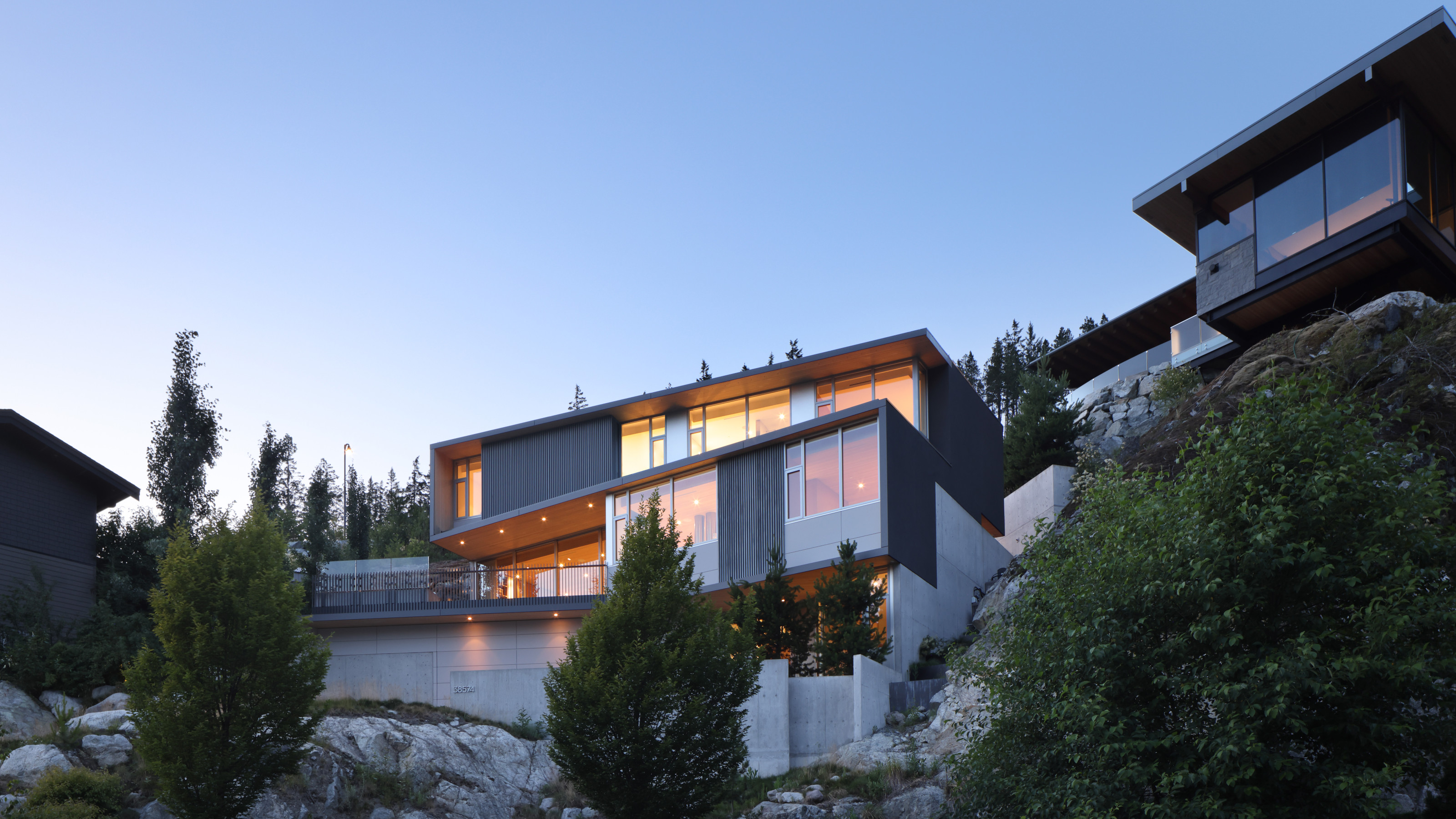 Buy yourself a Sanctuary, a serene house above the British Columbia landscape
Buy yourself a Sanctuary, a serene house above the British Columbia landscapeThe Sanctuary was designed by BattersbyHowat for clients who wanted a contemporary home that was also a retreat into nature. Now it’s on the market via West Coast Modern
-
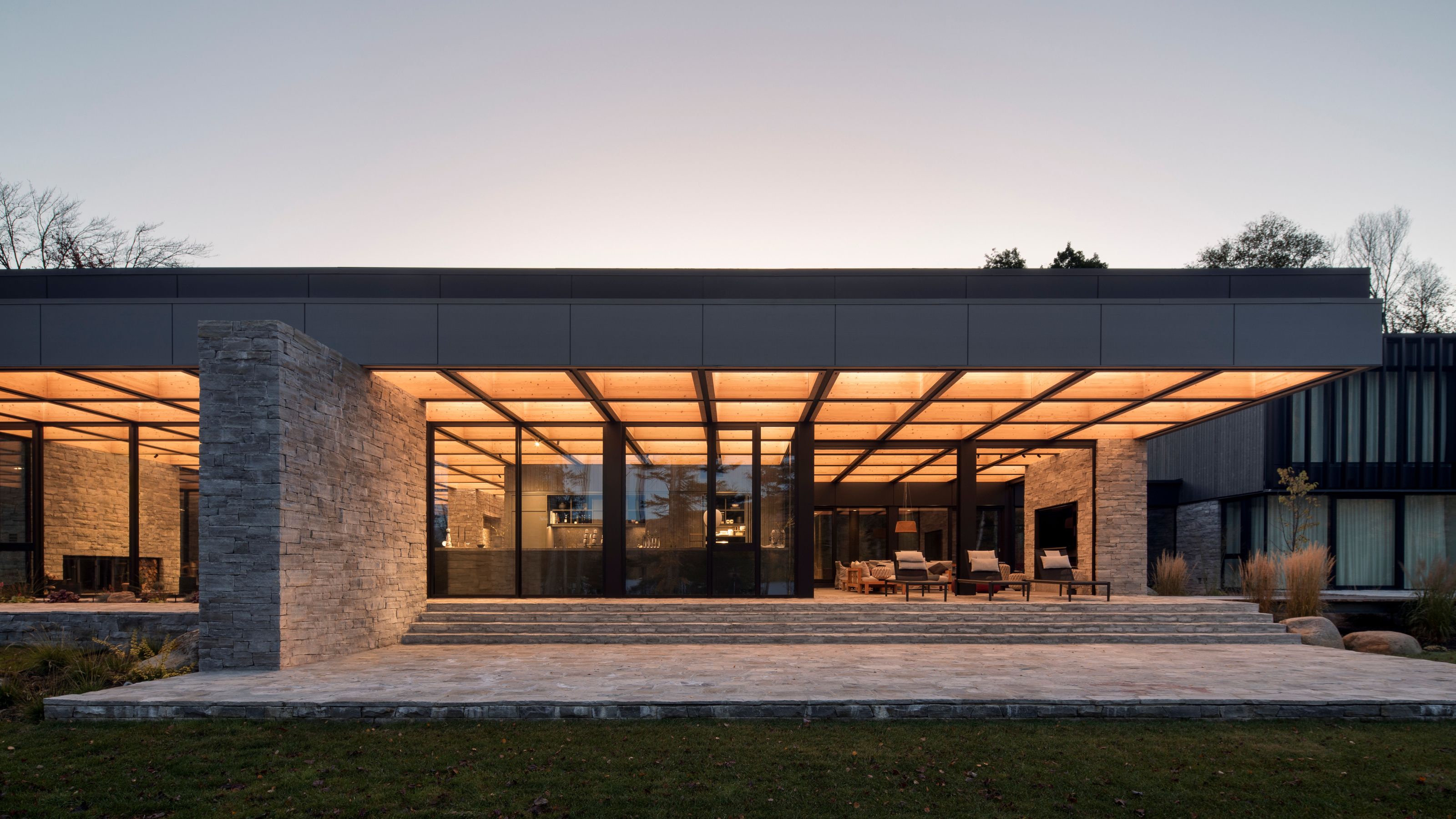 La Maison de la Baie de l’Ours melds modernism into the shores of a Québécois lake
La Maison de la Baie de l’Ours melds modernism into the shores of a Québécois lakeACDF Architecture’s grand family retreat in Quebec offers a series of flowing living spaces and private bedrooms beneath a monumental wooden roof
-
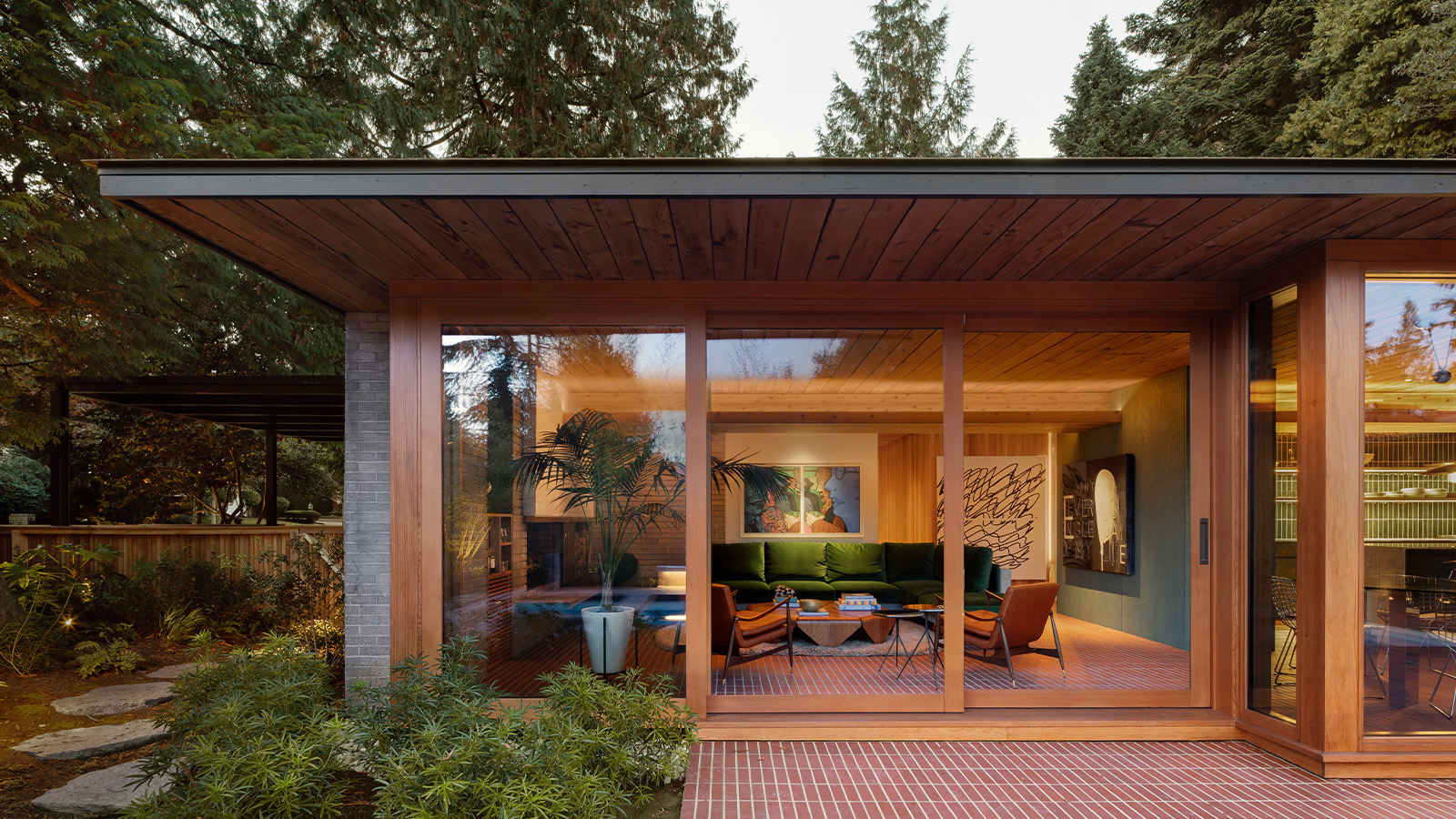 Peel back maple branches to reveal this cosy midcentury Vancouver gem
Peel back maple branches to reveal this cosy midcentury Vancouver gemOsler House, a midcentury Vancouver home, has been refreshed by Scott & Scott Architects, who wanted to pay tribute to the building's 20th-century modernist roots
-
 A spectacular waterside house in Canada results from a radical overhaul
A spectacular waterside house in Canada results from a radical overhaulSplyce Design’s Shoreline House occupies an idyllic site in British Columbia. Refurbished and updated, the structure has been transformed into a waterside retreat